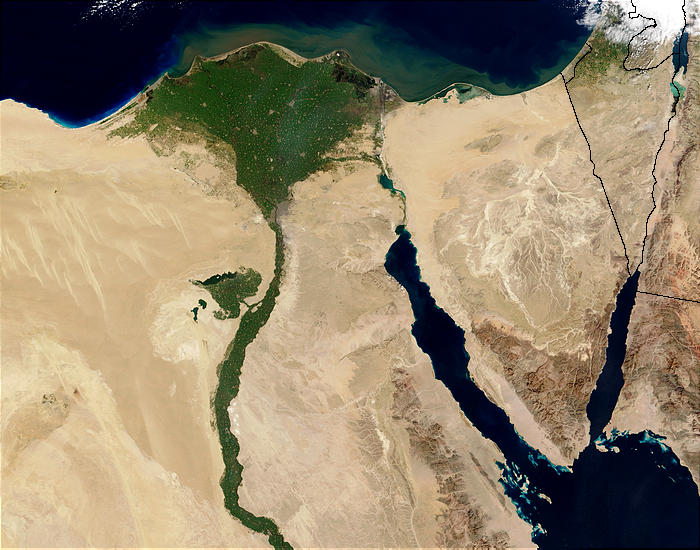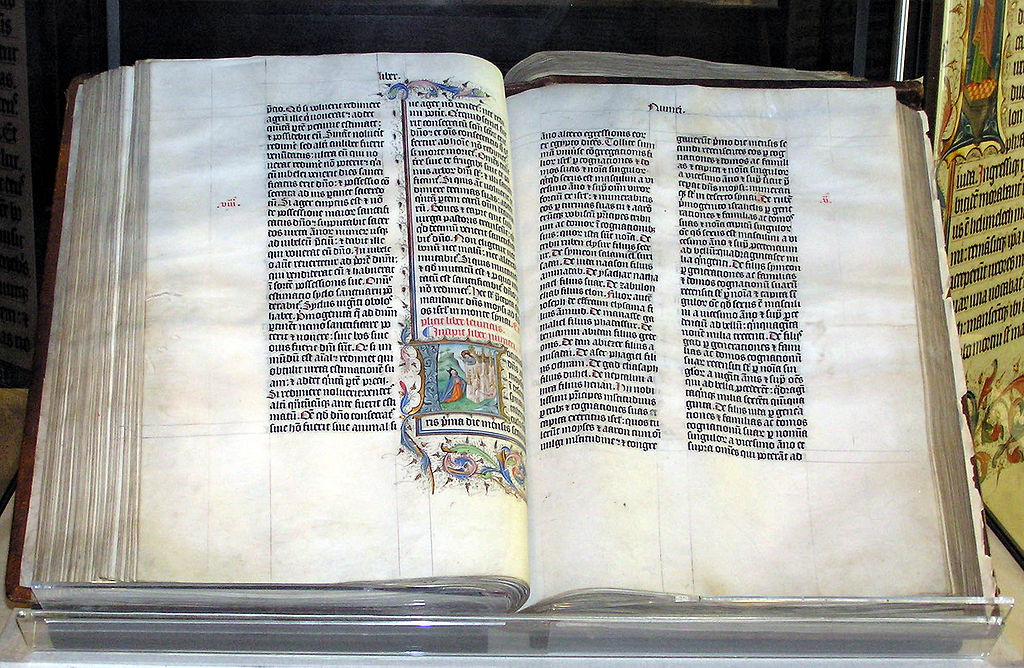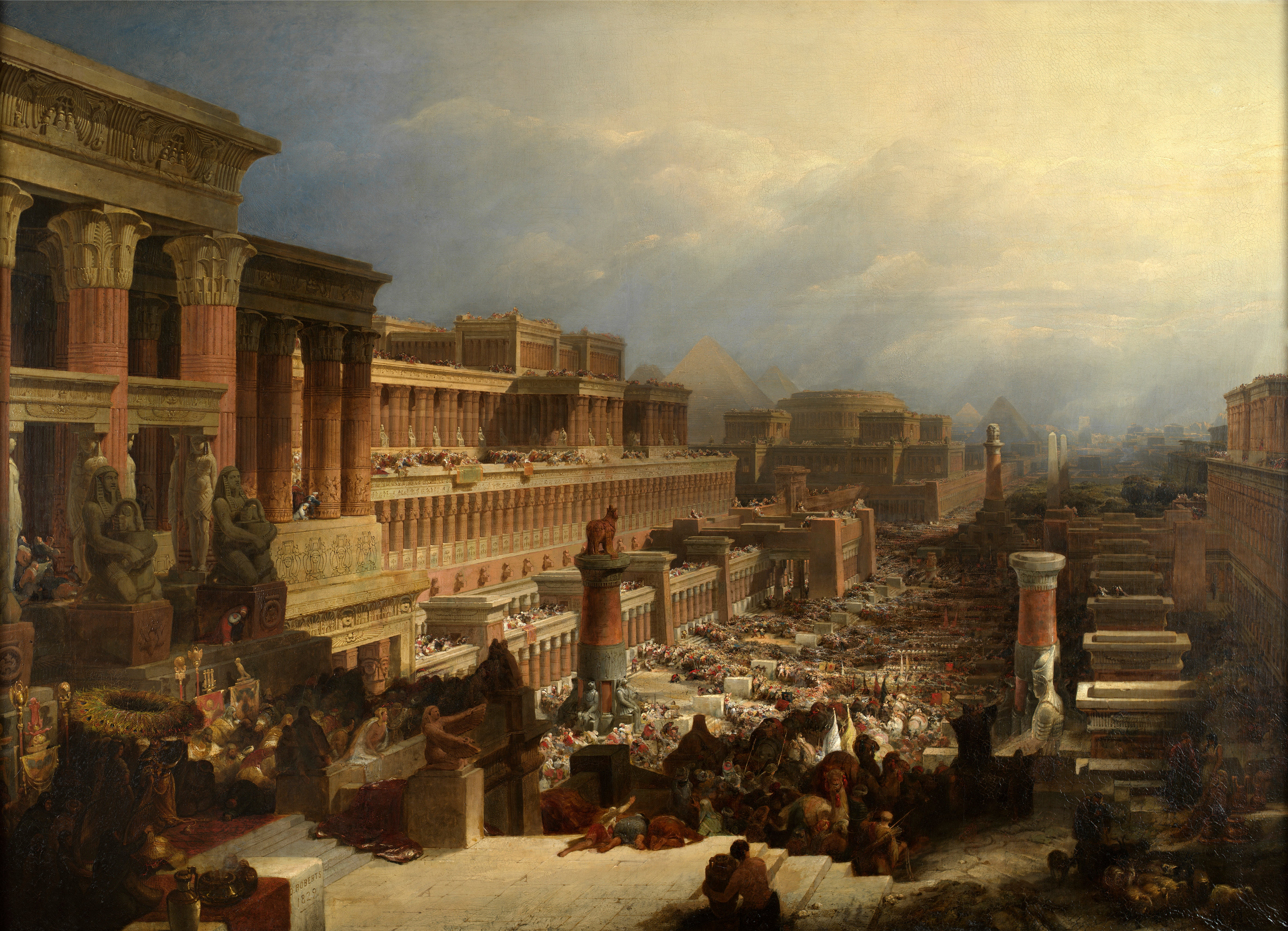
PASSOVER: TURN AN ANCIENT FEAST INTO LIVING COLOR.
The Start of Passover
Some of my earliest family memories are about Passover. I remember eating the Passover Seder meal at my grandparent’s home and playing on the floor while everyone else sat at the table. My grandmother would say, “Twenty years are like nothing.” I marveled when she said that. Today, I marvel that Passover reminds us of things that happened 3,500 years ago!
Egypt had enslaved the nation of Israel for 400 years. Then, God called to Moses from a burning bush. He told Moses to tell Pharaoh, “Let my people go that they may worship me.” Pharaoh refused, and God turned the Nile River into blood.



The Book of Exodus is the second book of the Torah and of the Old Testament. Starting with the deliverance of Moses by Pharaohs daughter, it recounts the revelation at the Burning bush where he was called by Yahweh to deliver the Israelites from Egyptian slavery. After Pharaoh rejected his and Aarons demands, according to the book, the Almighty inflicted ten Plagues on Egypt resulting in the Exodus. The Mosaic covenant was made at the biblical Mount Sinai, and subsequently the Tabernacle, with a "divine indwelling" of God with Israel.
Exodus was traditionally ascribed to Moses himself, but modern scholars see its initial composition as a product of the Babylonian exile (6th century BCE), based on earlier written and oral traditions, with final revisions in the Persian post-exilic period (5th century BCE). Carol Meyers, in her commentary on Exodus, suggests that it is arguably the most important book in the Bible, as it presents the defining features of Israels identity—memories of a past marked by hardship and escape, a binding covenant with God, who chooses Israel, and the establishment of the life of the community and the guidelines for sustaining it.[4] The consensus among scholars is that the story in the Book of Exodus is best understood as a myth, and does not accurately describe historical events.[We are commemorating the story of the Exodus and how God delivered the Israelites from slavery in Egypt. God is good.
紀念摩西帶領以色列人穿越紅海逃離埃及的故事詳情請參考聖經記載.
《出埃及記》(希伯來語:שְׁמֹות,是聖經舊約的第二書,主要是講述以色列人如何在埃及受到逼害,然後由摩西帶領他們離開埃及的故事。出埃及記傳統上認為是摩西在曠野完成的第二本書,因此在一些聖經譯本如德文聖經中,它也簡稱作摩西二書(2. Mose)。
主題:基督是神子民的救贖、拯救和供應,也是他們敬拜並事奉神的憑藉,使他們在祂裏面與神建造在一起,而得與神相見,彼此交通,互為居所。

逾越節與擊殺首生子(包含《出埃及記》第11章第1節參-《出埃及記》第13章第16節參)耶和華宣布説:「我再使一樣的災殃臨到法老和埃及」——擊殺長子。(《出埃及記》第11章第1節)他吩咐把亞筆月定為以色列的正月。在該月初十日,他們要取一隻無殘疾的一歲綿羊羔或公羊羔,然後在十四日把牠宰殺了。在當日黃昏的時候,他們要取點血,塗在房屋的門框和門楣上。然後他們要留在家裏,吃烤羊羔的肉,但不可折斷牠的骨頭。他們家中不可有酵,而且他們要趕緊的吃,穿好衣服預備上路。他們要世世代代記念這逾越節,奉為耶和華的節。然後他們要守七日的無酵餅節,吃無酵餅,並要把事情的一切意義教訓子孫遵守。(後來,耶和華對這些節期頒下進一步的訓示,吩咐以色列家所有首生的男丁和雄性牲畜都要歸耶和華為聖。)
以色列遵照耶和華的吩咐而行。然後災禍臨到了!在午夜時分,耶和華把埃及地所有的長子,連同一切頭生的牲畜,盡都殺了,但天使卻越過及拯救以色列頭生的人畜。法老大聲喊叫説:「起來!連你們帶以色列人,從我民中出去。」『埃及人也催促百姓』快快離開那地。
《出埃及記》第12章第31節參,《出埃及記》第12章第33節)以色列人並非空手離去,因為他們向埃及人索取金器銀器和衣裳。他們擺成戰陣離開埃及,壯丁約有60萬,連同他們的家屬和一大群外族人及許多牲畜。自亞伯拉罕渡過幼發拉底河進入迦南地至這天,剛好滿了430年,這一夜實在值得以色列人謹守記念。].
耶和華的名在紅海顯為聖(包含《出埃及記》第13章第17節《出埃及記》第15章第21節)以色列人從疏割起行。日間耶和華在雲柱中領路,夜間則以火柱光照他們。法老的心剛硬如故,遂帶領車輛軍兵追趕他們,一心要在紅海把他們一舉消滅。摩西安慰百姓説:「不要懼怕,只管站穩!看耶和華今天向你們所施行的救恩。」.
(《出埃及記》第14章第13節參)耶和華使海水分開,露出乾地使摩西可以帶領以色列人安然到達對岸。法老的大軍尾隨不捨,結果復合的海水把他們全軍淹沒溺斃。聖經的第一首勝利之歌將以色列人脫離奴役的歡樂表達得淋漓盡致:「我要向耶和華歌唱,因他大大戰勝,將馬和騎馬的投在海中。耶和華是我的力量,……也成了我的拯救。……耶和華必作王,直到永永遠遠!」.












